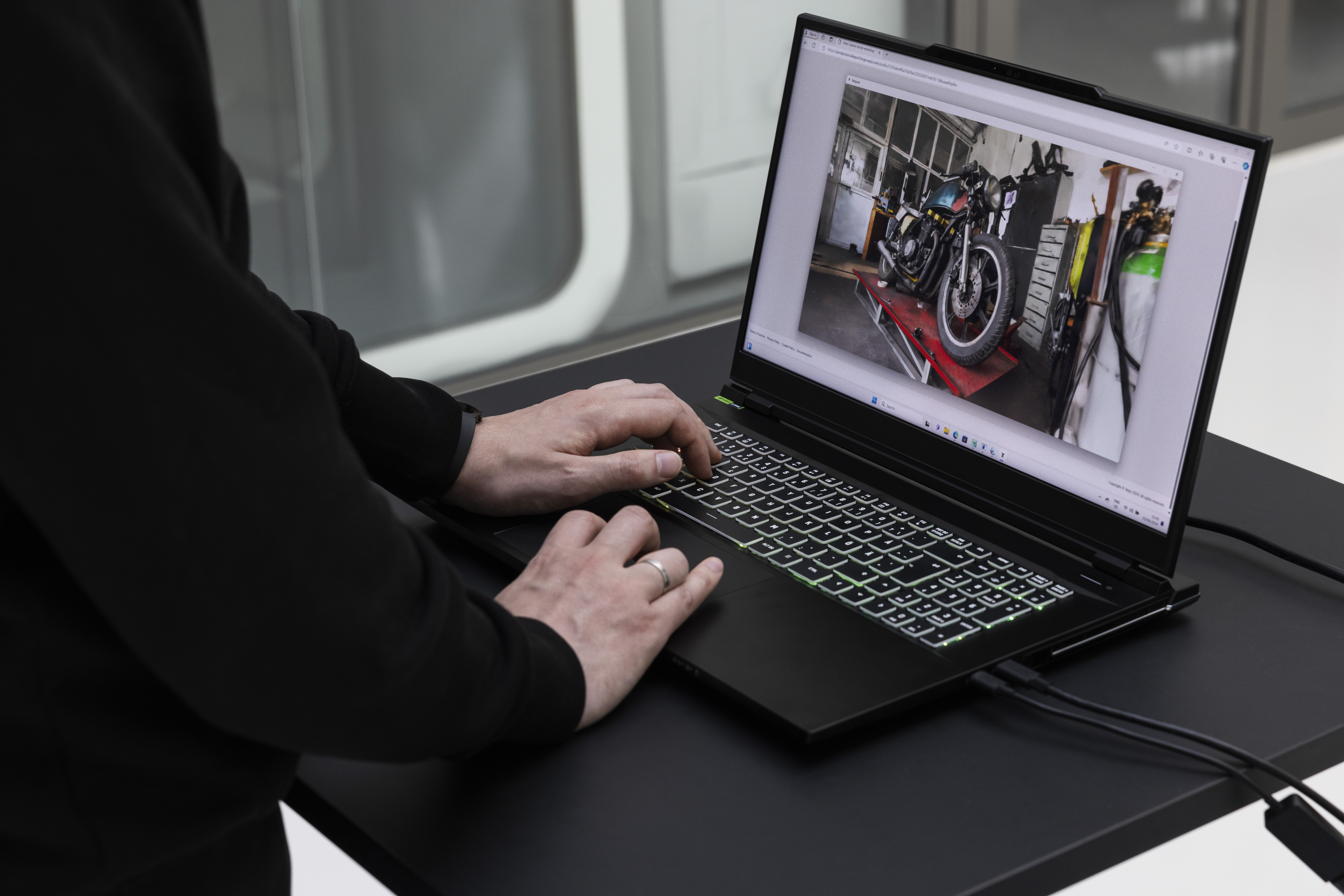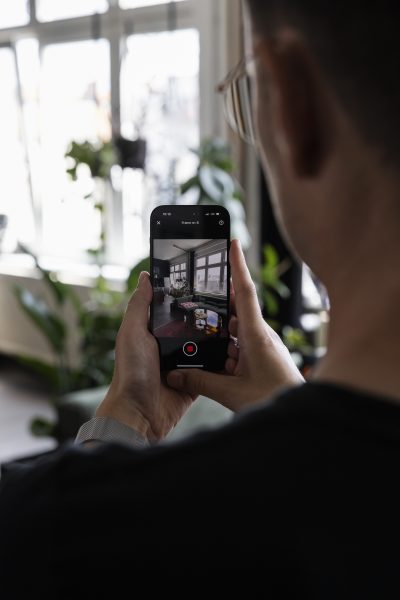 EMERGING TECH
EMERGING TECH
 EMERGING TECH
EMERGING TECH
 EMERGING TECH
EMERGING TECH
Varjo Technologies Oy, a Finnish maker of enterprise-grade virtual and mixed-reality hardware and software, today announced the launch of Teleport, a service that allows users to create high-resolution 3D environments for VR applications using only their smartphones.
Recreating real-world scenes for VR from scans has always been a difficult task, requiring high-quality cameras and specialized tools. It often involves the work of artists or engineers using photogrammetry, the process of extracting information from numerous photos, to create 3D models and other assets.
Teleport requires only an iPhone and a little time to scan a space, putting the whole process into the hands of everyday users, developers, artists, businesses, entertainers and more. With the commercial launch of the service, professional and individual users can sign up for $29.99 per month.
The launch comes after a multiple-month closed beta test that started in June, which brought in over 2,000 professionals who assisted the company to develop and optimize the solution.

“We are very tuned to using photos and videos to communicate spaces, but they only tell one sort of powerful story,” Varjo Chief Product Officer Patrick Wyatt told SiliconANGLE in an interview. “What a 3D scan gets you is the chance to virtually bottle up a bit of your world, put it in a jar and give it to someone and say, ‘You experience what I experienced.’”
Wyatt said that during the beta test period, a few use cases developed among testers, including using it to capture snapshots of places as they were in that moment and for immersive tours. A snapshot of a space could be used for reasonably close measurements by construction workers in a VR app to help place air conditioning ducts in a basement. Museums could also use the app to scan large spaces to provide a virtual 3D space for visitors to visit their establishments without having to leave their homes.
In one case a university scanned a wind tunnel in one of its rooms. That allowed students to familiarize themselves with the space and the tools involved with the room, and it helped save on training them before they were introduced to the wind lab.
A space the size of a living room could take about five to 10 minutes to scan using an iPhone, Wyatt explained and the app takes between 500 to 800 pictures. It then takes a few hours to process. Larger spaces will scale to more time walking around to capture about 2,000 images, but that could take more than 12 hours.
Under the hood, Teleport is powered by generative artificial intelligence models trained on Nvidia Corp.’s graphics processing units. Working together, the AI models deliver high-fidelity 3D models of the scene scanned by the user’s phone that can be viewed on another mobile device, browser on a personal computer or experienced in full VR on a device such as Meta Platform Inc.’s Quest 3 or Apple Inc.’s Vision Pro.
Teleport is available for users in a seven-day free trial after which users can sign up for the subscription service at the company’s website.
Support our mission to keep content open and free by engaging with theCUBE community. Join theCUBE’s Alumni Trust Network, where technology leaders connect, share intelligence and create opportunities.
Founded by tech visionaries John Furrier and Dave Vellante, SiliconANGLE Media has built a dynamic ecosystem of industry-leading digital media brands that reach 15+ million elite tech professionals. Our new proprietary theCUBE AI Video Cloud is breaking ground in audience interaction, leveraging theCUBEai.com neural network to help technology companies make data-driven decisions and stay at the forefront of industry conversations.